
 |
|
July 2018 News from No BoundariesFall Meeting Preview | Innovation Database | New Members Are Welcome Around the Maintenance World Meetings and Events | Training Opportunities | Research |
The No Boundaries Roadway Maintenance Practices pooled fund project, #TPF-5(330), facilitates the implementation of proven, ready-to-deploy maintenance innovations. |
| Welcome! This newsletter from the national No Boundaries consortium features the latest updates on the group's activities and compiles recent research, state practices, and training opportunities related to non-winter roadway maintenance from around the country. |
News from No Boundaries |
| No Boundaries' second meeting of 2018 will be held October 16-18 in Austin, Texas.
In addition, planned technical visits include a tour of the fleet shop where Texas DOT fabricates maintenance vehicles (such as herbicide trucks and sign trucks) and a demonstration of the agency's pavement management information system. |
|
|
|
|
| With the recent relaunch of the No Boundaries website, we also gave our Innovation Database an upgrade, incorporating more topic categories to make it easier for users to find maintenance innovations of greatest interest and potential benefit. |
|
|
| New Members Are Welcome No Boundaries membership now stands at 19 state DOTs across the United States: Colorado, Connecticut, Florida, Illinois, Louisiana, Maine, Maryland, Michigan, Minnesota, Mississippi, Missouri, New York State, North Dakota, Ohio, South Carolina, Texas, Virginia, Washington State, and Wisconsin. |
|
|
 |
Meetings and Events |
| Date | Meeting / Event | Location |
| August 26-29 | APWA Public Works Expo (PWX) | Kansas City, Missouri |
| September 11-13 | 2018 National Roadside Vegetation Management Association (NRVMA) Annual Meeting | Chattanooga, Tennessee |
| September 19-20 | Bridge Asset Management & Renewal Conference | Sydney, Australia |
| October 8-10 | 2018 Road & Street Maintenance Supervisors' Conference | Yakima, Washington |
| October 10 | Roads & Bridges Virtual Expo 2018 | Online |
| November 6-8 | 2018 Midwestern Pavement Preservation Conference | Madison, Wisconsin |
| November 15-16 | 2018 Pavements/Materials Conference | Tempe, Arizona |
| January 13-17, 2019 | 2019 Transportation Research Board (TRB) Annual Meeting | Washington, D.C. |
| February 18-21, 2019 | 2019 AEMA-ARRA-ISSA (Asphalt Emulsion Manufacturers Association, Asphalt Recycling & Reclaiming Association, and International Slurry Surfacing Association) Annual Meeting | Cancun, Mexico |
Training Opportunities |
| NAPA Webinar: Performance Under Pressure: Heavy Duty Pavements -- Preservation & Preventative Maintenance Tools This webinar, to be held September 5 from 2:00 to 3:30 p.m. Eastern Time, will cover preservation treatments and maintenance strategies for heavy-duty pavement. Details. |
|
|
|
|
| University of Illinois Webinar: Monarchs & Roadsides: Mowing Practices Recorded in June, this webinar from UIC's Energy Resources Center presented three perspectives on how mowing practices along roadsides impact monarch butterflies and their habitat. Webinar series. |
|
|
|
|
| MnDOT Research Pays Off Seminar Series: Chip Seal Program in Oregon Recorded in April, a webinar on Oregon DOT's chip seal program reviews the methodology used to develop a chip seal design and specifications and discusses chip seal performance. Seminar series. |
|
|
|
|
| 2018 NRRA Pavement Workshop Presentations Recorded presentations from the 2018 National Road Research Alliance Pavement Workshop are now available online in Skype audio and PowerPoint formats. Sessions on preventive maintenance included:
The annual workshop was held in May. Details. |
|
|
|
|
| Nation's First Associate's Degree in Highway Maintenance Management Colorado's Front Range Community College (FRCC) will begin offering an online associate's degree program in Highway Maintenance Management in January 2019. The program is geared toward highway maintenance supervisors and those preparing for supervisory positions. Open to students across the country, the two-year degree program will incorporate a combination of online courses and credits granted for prior learning. Colorado DOT teamed with FRCC to develop the program. Article. |
|
|
|
|
Asset Management Research |
| Sign Life Expectancy This project developed models to predict the life expectancy of traffic signs in South Carolina. Among the findings: Shade on a sign accelerated the degradation of sign retroreflectivity (primarily due to mildew growth), and washing the signs at regular intervals helped slow the degradation. Report. |
 |
|
|
|
| Lifecycle Data Modeling to Support Transferring Project-Oriented Data to Asset-Oriented Systems in Transportation Projects Recording asset changes that occur during construction projects can be labor-intensive, and data can be lost in the transfer of project-oriented data to asset-oriented systems. This study used focus groups and interviews to understand the flow of asset data throughout the life cycle of a project. Researchers used that knowledge to develop a handover data model to address data loss issues in the transfer process. Abstract. |
|
|
|
|
| Continual Improvement Processes for Asset Management: Guidelines This guideline details the factors that contribute to enabling and sustaining continual improvement for asset management. The guide discusses challenges, outlines a framework for successful implementation, and provides supporting resources and tools. Project page. |
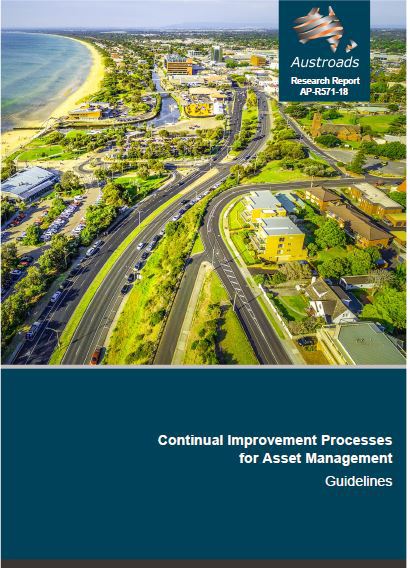 |
|
|
|
Bridge Repair and Rehabilitation Research |
| Experimental Shear Capacity Comparison Between Repaired and Unrepaired Girder Ends Researchers evaluated a cost-effective technique for repairing the damaged ends of reinforced concrete bridge beams using a reinforcement cage and pneumatically placed concrete. Testing showed that the repair method restored the damaged girders to their original shear strength. Article and final report. |
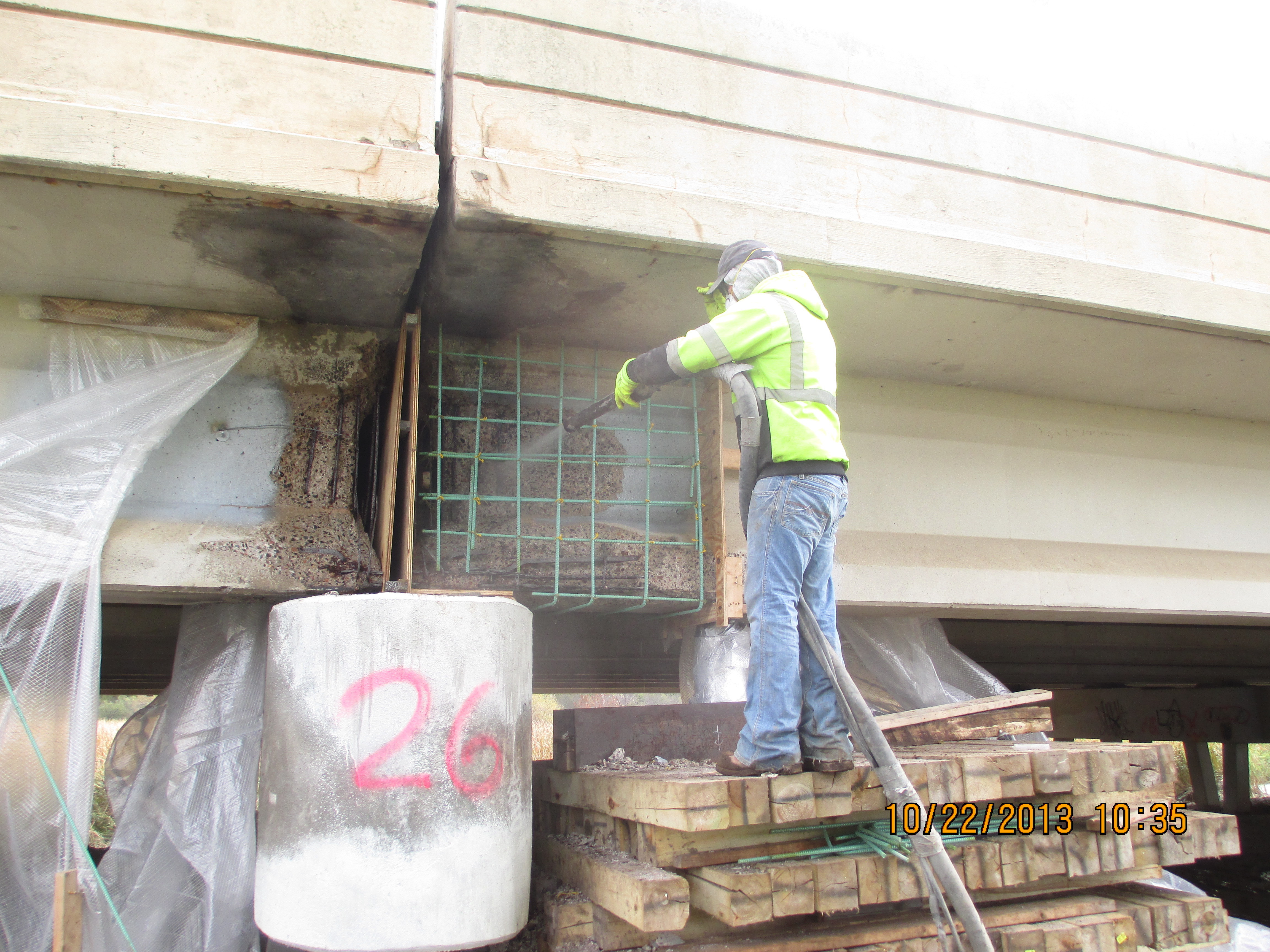 |
|
|
|
| Evaluation of Repair Techniques for Impact-Damaged Prestressed Beams Over-height vehicles can cause collision damage to bridges ranging from minor to catastrophic, potentially requiring repair or replacement of a bridge beam. This study tested repair methods using a new material, fabric-reinforced cementitious matrix, as an alternative to traditional fiber-reinforced polymer wraps. Report. |
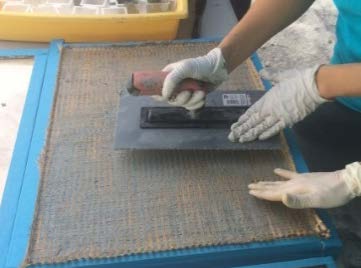 |
|
|
|
| Low Cost Wireless Fatigue Crack Monitoring System Using RFID Arrays In recent years, DOTs have used radio frequency identification (RFID) technology to aid in crack detection on steel girder bridges. This study developed and evaluated a low-cost passive wireless crack sensor that uses commercial ultra-high frequency (UHF) RFID tags for crack detection and monitoring on metallic structures. Report. |
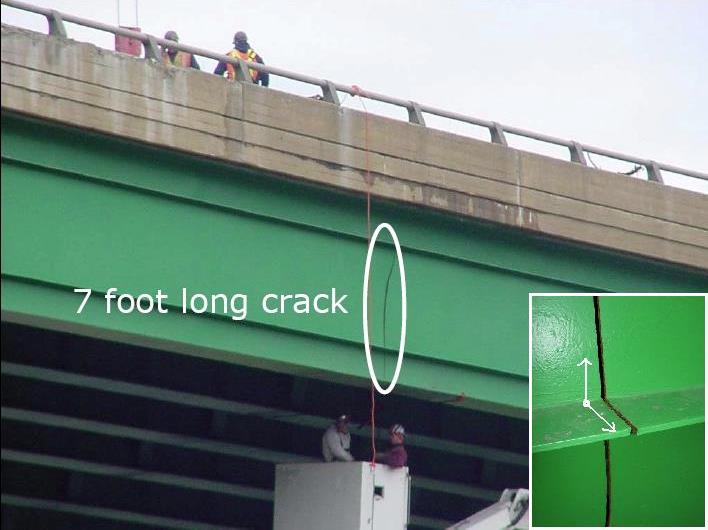 |
|
|
|
| Evaluation of Different Types of Waterproofing Membranes (Asphaltic and Non-Asphaltic) as Cost Effective Bridge Deck Barriers in Reducing Corrosive Chloride Effects To help protect bridge decks from deterioration due to chloride ingress and to reduce maintenance costs, state agencies apply topical protection systems such as waterproofing membranes (WPMs). Tests of four brands of WPMs showed that all were effective in controlling the intrusion of moisture, but the membranes failed to protect the concrete from chloride penetration. Report. |
 |
|
|
|
Budgeting and Funding Research |
| Impact of Environmental Assessment and Budgetary Restrictions in Pavement Maintenance Decisions: Application to an Urban Network Researchers examined the effects of incorporating environmental considerations and funding availability in pavement maintenance decisions. In a case study of an urban pavement network in Chile, a 2 percent budgetary increase allowed for more sustainable maintenance decisions. Abstract. |
|
|
|
|
Culvert Maintenance Research |
| Development of a Sustainability Evaluation System for Culvert Replacement and Rehabilitation Projects Researchers developed a culvert module for the GoldSET assessment tool that incorporates sustainability considerations into culvert repair and replacement projects. Environmental, societal, economic and technical indicators are used to evaluate cost-effective approaches for culvert rehabilitation projects; two case studies compare open-cut and trenchless approaches. Abstract. |
 |
|
|
|
Drainage Systems Maintenance Research |
| Evaluate Alternatives to Right of Way Drainage Control Along the Interstate In Ohio, crews undertake routine and sometimes extensive maintenance of roadside ditches to ensure the performance of roadway drainage systems. Researchers evaluated the viability of alternative processes and products to provide cost-effective solutions to maintenance problems such as paved gutter deterioration and ditch erosion. Report. |
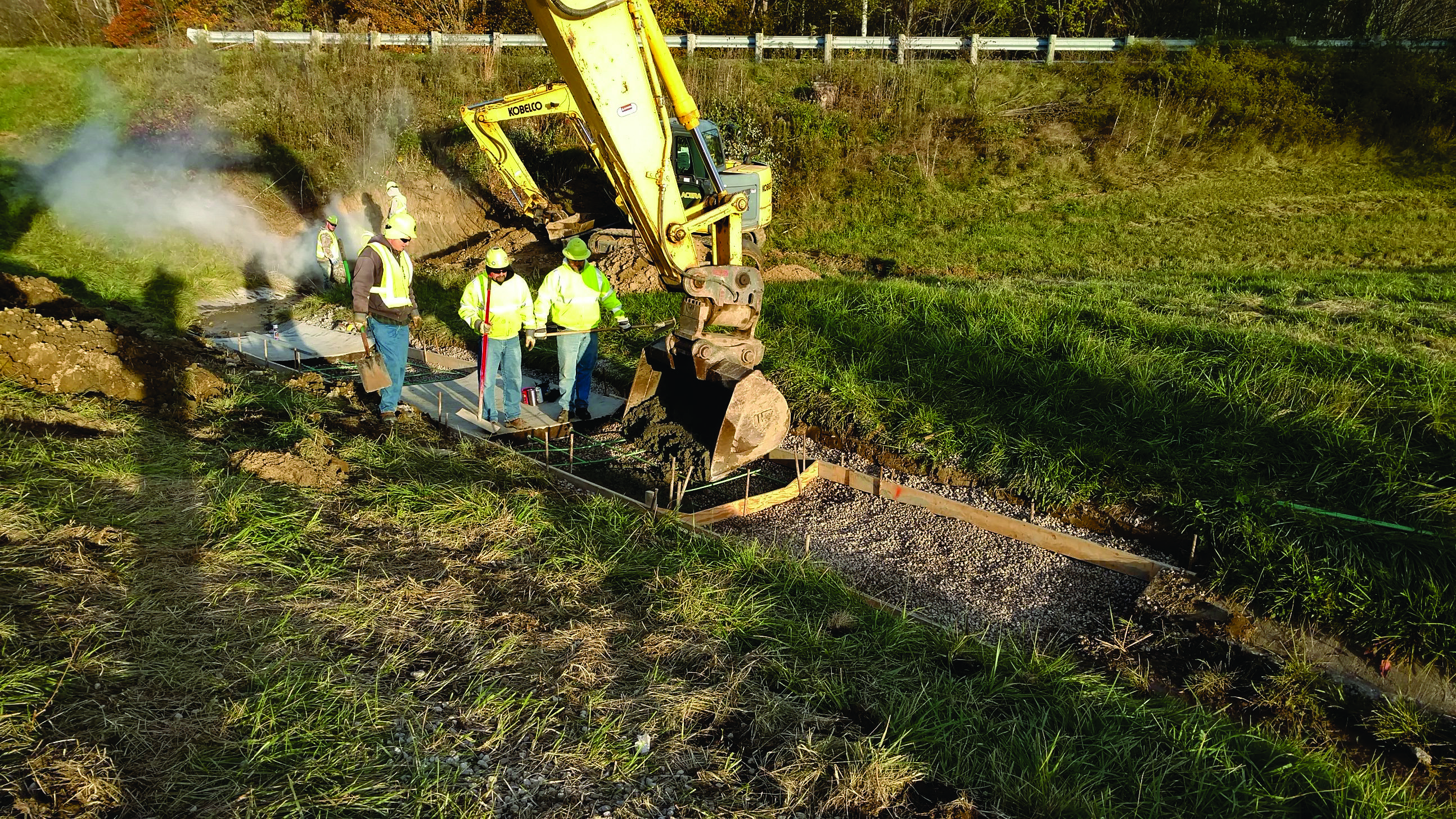 |
|
|
|
Fleet Management Research |
| Fleet Management Tools for Local Agencies This guidebook identifies tools and methods local agencies can use to manage their equipment fleets effectively. Researchers compare the features of commercially available fleet management software tools and outline one Minnesota county's rating system for quantifying equipment condition and determining parameters for replacement. Report. |
 |
|
|
|
Maintenance Worker Safety Research |
| Evaluation of Green Lights on TMAs Researchers evaluated the use of green vs. traditional amber lights on truck-mounted attenuators (TMAs) to see if their use could help improve safety in mobile work zones. Four lighting combinations were evaluated for visibility, disability glare, vehicle speed and other measures. Report. |
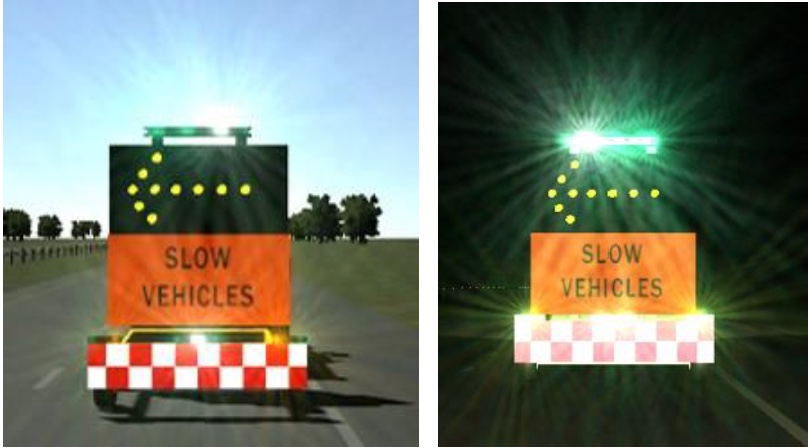 |
|
|
|
Pavement Maintenance Research |
| Revised Condition Rating Survey Models to Reflect All Distresses: Volume 1 In Part 1 of a two-part project, researchers used new data to update the calculation and prediction models used in Illinois DOT's pavement condition rating survey (CRS). A new prediction model was proposed to capture the distinct deterioration patterns of concrete pavements, and calculation models were revised to better incorporate alligator cracking. Report. |
|
|
|
|
| Investigating the Necessity and Prioritizing Pavement Markings on Low-Volume Roads Installation and maintenance of pavement markings represents a significant financial investment for local agencies. This project developed a prioritization approach and spreadsheet tool to help local agencies better understand the value, cost and need for pavement markings to make the best use of available budgets. Report. |
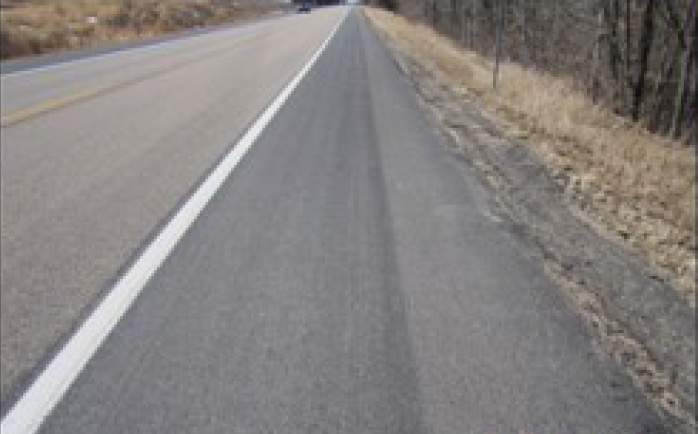 |
|
|
|
| Nontraditional Fog Seals for Asphalt Pavement: Performance on Shoulder Sections in Minnesota Researchers evaluated several nontraditional and bio-based fog sealants used by local agencies around the state. Among the results: All of the nontraditional products reduced pavement permeability, and two test sections showed a reduction in cracking. Surveyed agencies observed effective performance for two to six years. Report. |
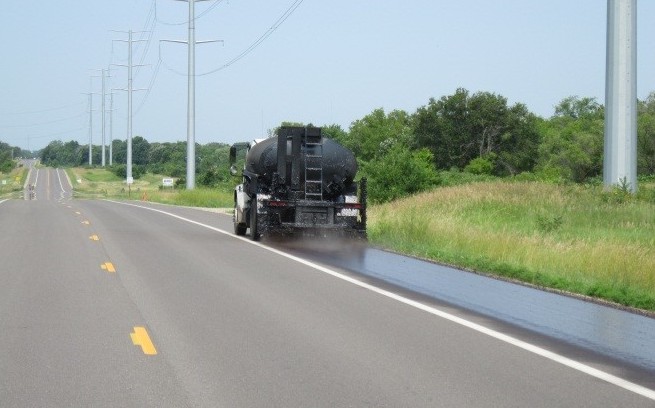 |
|
|
|
| Application of Analytic Hierarchy Process in Network Level Pavement Maintenance Decision-Making This study proposes an analytic hierarchy process theory-based method for pavement maintenance agencies in China to use in network-level decision making. In a case study, researchers used the method to rank road sections according to five weighted factors: pavement performance, pavement structure strength, traffic loads, pavement age and road grade. Abstract. |
|
|
|
|
Performance Measurement Research |
| Validation of Pavement Performance Measures Using LTPP Data This study validated proposed FHWA pavement performance measures using performance and distress data from the Long-Term Pavement Performance database. The performance measures assess pavement condition using four metrics: International Roughness Index, cracking percentage, rutting and faulting. Report. |
|
|
|
|
Subscribe to this newsletter |